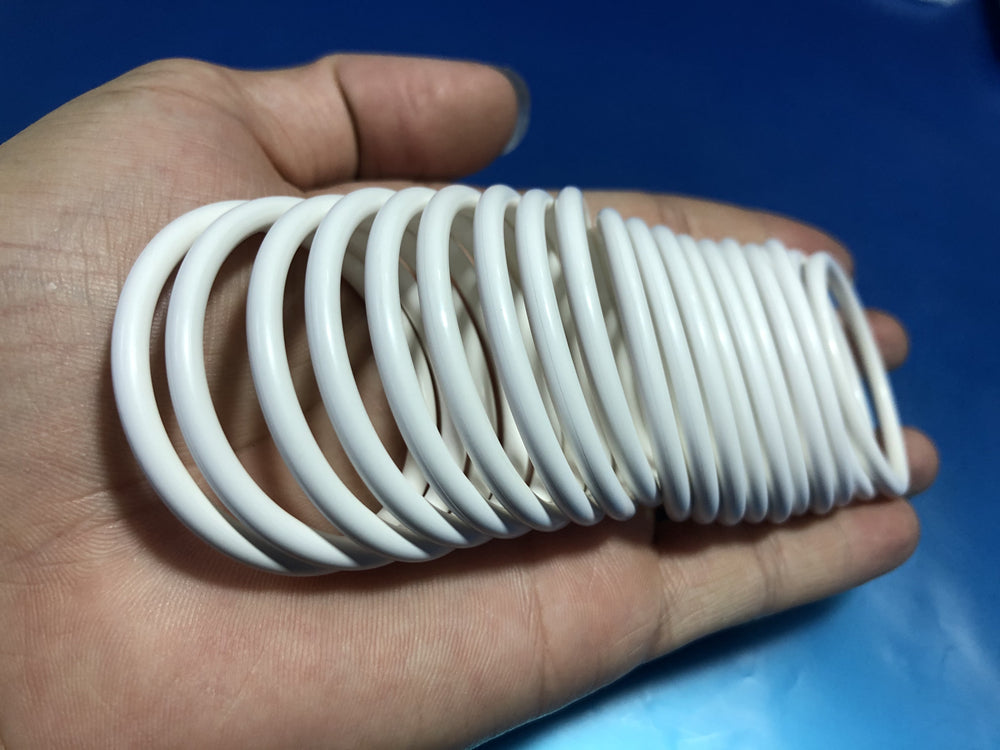Introduction: Nitrile rubber O-rings, also known as NBR O-rings, are widely used in various industries due to their excellent sealing properties and cost-effectiveness. As with any material, NBR O-rings have their advantages and limitations. This article aims to explore the pros and cons of nitrile rubber O-rings to provide insights into their suitability for different applications.
Advantages:
-
Excellent Sealing Performance: Nitrile rubber O-rings offer exceptional sealing performance, making them ideal for a wide range of applications. They provide effective sealing against gases, oils, fuels, and water, ensuring leak-proof and reliable performance in diverse environments.
-
Cost-Effective: Compared to other specialty elastomers, nitrile rubber is more affordable, making NBR O-rings a cost-effective sealing solution. Their competitive pricing allows for large-scale production and widespread use across various industries.
-
Versatile Compatibility: Nitrile rubber O-rings exhibit good compatibility with a variety of media and substances commonly found in industrial applications. They are suitable for use in hydraulic systems, pneumatic systems, automotive components, and more.
-
High Tensile Strength: NBR O-rings possess high tensile strength, making them resistant to tearing and deformation under pressure. This characteristic ensures their durability and longevity in demanding operating conditions.
-
Temperature and Chemical Resistance: Nitrile rubber O-rings exhibit good resistance to a wide temperature range, typically from -40°C to +100°C. Additionally, they are resistant to many industrial oils, hydrocarbons, and fuels, adding to their versatility.
Disadvantages:
-
Limited High-Temperature Performance: One of the primary limitations of NBR O-rings is their limited performance in high-temperature applications. When exposed to extreme heat, nitrile rubber can degrade, leading to reduced sealing effectiveness.
-
Poor Performance with Some Chemicals: While nitrile rubber O-rings demonstrate good chemical resistance in many cases, they are not suitable for applications involving exposure to strong acids, ketones, and ozone.
-
Not Suitable for Oxygen Applications: Nitrile rubber O-rings are not recommended for use in oxygen-rich environments, as they have a tendency to break down in the presence of high concentrations of oxygen.
-
Low UV and Weather Resistance: NBR O-rings have limited resistance to UV rays and outdoor weather conditions, which can lead to degradation and reduced performance when used outdoors for extended periods.
Conclusion: Nitrile rubber O-rings offer excellent sealing performance, cost-effectiveness, and versatility in various industrial applications. Their high tensile strength and compatibility with common media make them a popular choice in many sealing scenarios. However, they have limitations, including lower high-temperature performance, restricted chemical resistance, and unsuitability for oxygen-rich environments. When selecting NBR O-rings, it is essential to consider the specific requirements of the application to ensure optimal performance and longevity.

